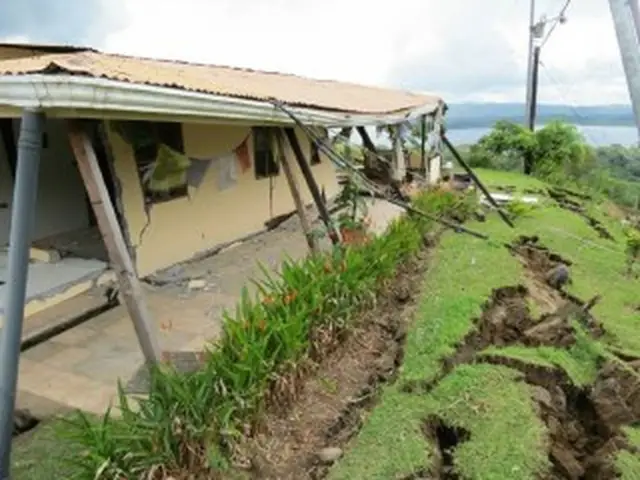Ten years ago, on September 5, 2012, a magnitude 7.6 earthquake shook Guanacaste and much of Costa Rica. Specialists from the Costa Rican Volcanological and Seismological Observatory of the National University (Ovsicori-UNA) declared it the Nicoya earthquake. A decade later, Esteban Chaves, seismologist at Ovsicori-UNA, commented that the fault that caused that earthquake was coupled.
It is a fracture that originated from the subduction of the Cocos plate under the Caribbean plate. The specialist estimates that the next telluric movement could be similar to that of 2012. “With the earthquake rupture process, the fault ruptures. After the event (the fault) it enters a recovery process and the energy begins to accumulate.

“That coupling is that the rupture zone between the Cocos and Caribbean plates is once again united and that is where energy is accumulating again, which is going to be released in a future earthquake similar to the one in 2012,” explained Chaves.
No major earthquakes expected, for now
The expert emphasized that in view of the process described above, an earthquake similar to the one 10 years ago is not expected to occur in the area. However, he did indicate that a slow earthquake can speed up the fault rupture process. This may result in an event similar to or slightly less than 2012. Both scenarios are possible.“What dictates their behavior?
Various factors: mechanical properties of the fault such as friction and type of material being subducted. “Also the water content (fluids), roughness or geometric changes, as well as aseismic processes that border the rupture zone,” Chaves described.
As for the time it takes for the faults to break in Costa Rica, the Ovsicori-UNA seismologist was surprised. “It’s fast. Imagine that the rupture process in subduction zones in countries like Japan or the United States is hundreds or thousands of years.
“In Costa Rica this happens over a period of dozens of years. Some 50 years below the Nicoya Peninsula and 40 years below the Osa Peninsula (in the south of the country),” he explained.

